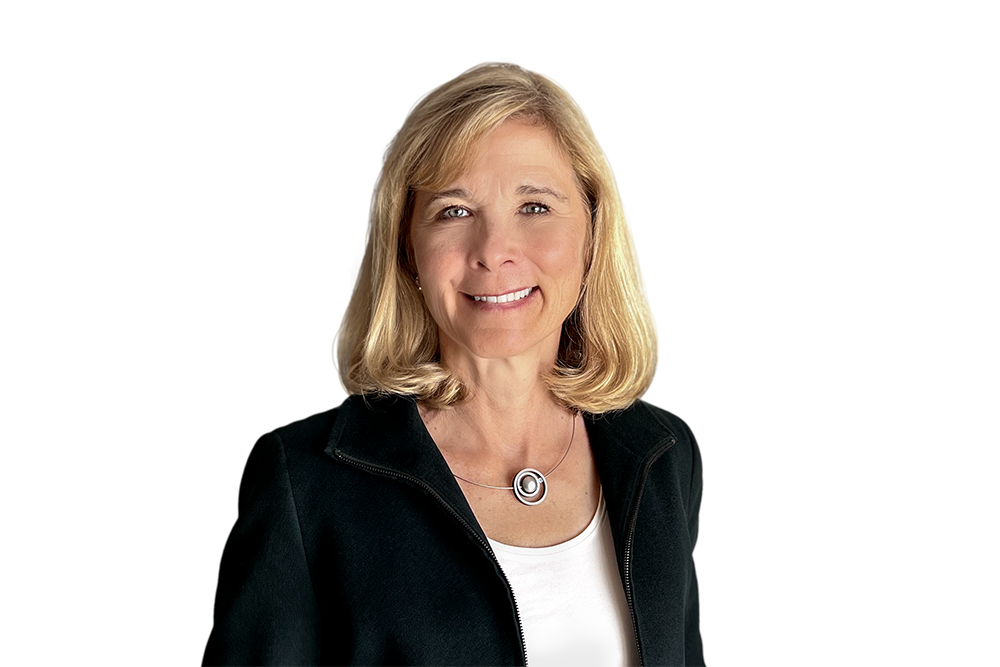A Different Look at Managing CEO Performance

According to best practices in board evaluations, you should hire an external expert to conduct the process at least every two to three years. This helps uncover subtle issues and opportunities, increase candor, and reduce the risk of a check-the-box approach by introducing different questions, process, and perspective. We are starting to see a similar trend in managing CEO performance. While all boards conduct some version of an annual CEO performance review, there is a growing realization that leveraging a different approach through an external party at least every two to three years brings value.
The challenges and opportunities that today’s CEOs navigate continue to grow in complexity and pace of change. While a standard approach to CEO performance will highlight core areas, the process is less likely to surface more subtle insights. These weak signals are bits of information that can get lost in the noise or filtered out by assumptions unless one deliberately looks for the patterns and the implications. They represent the gift of early warning for those fortunate enough to be listening. In the CEO context, the earlier these issues are recognized and discussed, the more options are available to the CEO to redirect or evolve. This helps the board to proactively maximize the CEO’s performance through addressing areas such as the following:
- Unforeseen implications of changes in the business model. Boards create a profile for the skills and experience needed in the next CEO based on the company’s strategy and business model. However, once the CEO is in place, the emerging business landscape can require the organization to adapt in order to thrive. Over time, these shifts can create gaps between the type of organization the CEO was selected to lead and the current reality. (For instance, the company may move from a holding company model to a more integrated operating structure, or from a primary focus on one country to a more global footprint. Or, the company may pursue a business opportunity that places it and the CEO more squarely in the spotlight. Each of these changes may require skills that the CEO does not possess to the degree necessary for success.) A candid, early conversation may result in adding an outside hire to the C-suite, proactive development for the CEO, leveraging expertise on the board, or sourcing external advisors. This conversation, left too late, may result in the need to change the CEO.
- CEO resilience. At some point in his or her tenure, a CEO begins to picture life after the role. The timeline for this step tends to stretch or contract depending upon how grueling or sustainable (and meaningful) the top executive’s current experience has been. However, the board is rarely alerted to this accordion effect on the timeline until it has wreaked its havoc. Extended and extensive travel demands or persistent challenges with individual director(s) can make a shortened timeframe more appealing. Surfacing signs of wear and tear on an otherwise successful CEO can spark early conversations that help highlight opportunities to reduce the shredding and extend the tenure of a valued executive.
- Stylistic issues. Dynamics between the board and the CEO or between the CEO and the senior leadership team can run below the surface, creating extra noise in the system that draws energy and focus away from what is most important. Surfacing these issues early can help redirect the focus back to where it should be and prevent escalation into much bigger issues. These can revolve around communication styles, information flow, timing, or different reactions to how a given issue was addressed. They tend to be minor but persistent and, unless surfaced and addressed, can hinder candid conversations moving forward.
- Questionable behavior. While less common than the headlines may lead one to believe, CEOs can be vulnerable to lapses in judgment, impulsivity, or loss of perspective. This is particularly likely in times of stress or, ironically, substantial success. Surfacing issues that reflect questionable choices in one area can help heighten the need for the board to intervene and to remain vigilant for other signs of risk.
Recognizing and interpreting weak signals in the context of CEO performance is, in reality, the gift of time and options. Candid conversations that deliver insight and highlight potential blind spots before they become more problematic help a CEO (and the board) bring best performance to the role, the organization, and the stakeholders.

